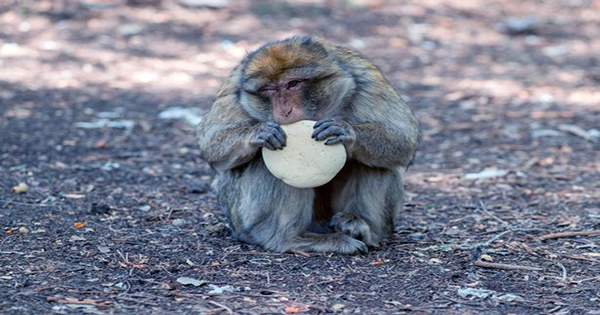Visitors to the Uluwatu temple in Bali can remember the pickpocketing skills of macaques, a resident of the cultural landmark. Light and curious at their feet, the long-tailed macaque (Macaca fascicularis) is a sacred creature in the eyes of some Buddhist and Hindu temples, and it is easy to see why when you encounter these charismatic creatures. Also known as crab-eating macaques, when it comes to exposing cracking things using their highly efficient and flexible figures, this is no different from our own. Their skills, however, can turn an undoubted tourist and they are famous (or notorious for stealing visitors’ belongings (if they have your belongings if they steal it).
The large population of long-tailed macaques became the subject of a new study recently published in the Royal Society B’s Philosophical Transactions. The researchers found that the macaques were using the thief’s items as a deterrent to food rewards and if they considered what they took. According to the paper, such economic behavior has never been officially recognized among the free population of non-human beings, but it is suspected that the monkeys’ unique habitat (which they share with humans and their precious phones) inspired such prudence to this intelligent, perpetually-bizarre Behavior in animals.
Researchers must be one of the most entertaining observational studies on record for what they found, recording incidents of theft as they unfold before their eyes. They mentioned the age of the macaque, the degree of success, and whether the monkeys then used the stolen tokens as bartering tools. Statistical analyzes of these observations proved that this crooked behavior was something that monkeys had to learn at an early age if they were to become effective thief-negotiators later as their chances of success increased with age.
The researchers also carried out counterfeit robberies, where the monkeys were presented with an ideal opportunity to steal from someone carrying medium or high-value items. Examples include shoes vs. glasses, or a hat representing a medium quality vs. a phone and a high-quality representation in both situations. Their results show that older monkeys were better at detecting and stealing high-value items such as phones, glasses, and wallets. As shown by the spectacle-driver-macaque in the video above, they were also more likely to reject smaller offers and risk for larger ticket businesses.
“This population-specific, conventional, cross-generational, educated, and socially influenced practice may be the first example of a culturally preserved token economy in free-species animals,” the authors wrote in the research paper. “More experimental research on Uluwatu macaques should make the symbols and symbolic tools of future economic decision-making more relevant from a comparatively evolutionary perspective and ultimately lead to a better understanding of the origins of human autonomous financial systems.”















